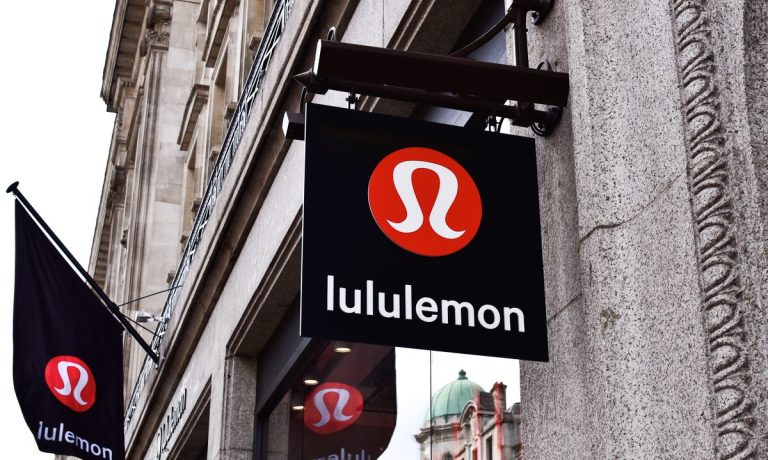
In its first move toward fulfilling its newly launched five-year growth plan and global expansion strategy, Lululemon said it will add a local market website and two physical retail stores in Spain, calling it the first such moves in Europe since 2019.
According to the July 5 announcement, the Vancouver-based athletic apparel retailer said it would launch a dedicated local website for Spanish customers (lululemon.es) later this month, followed by the opening of physical stores in the major shopping districts of Madrid and Barcelona in September.
“As a brand which supports wellbeing, lululemon has a strong synergy with the active, balanced lifestyle enjoyed in Spain,” Lululemon EVP of International André Maestrini said in the press statement, adding that the brand’s cultural and community ties would give it “a unique advantage” as the retailer expands into its newest market.
3 Key Pillars
The news comes less than three months after Lululemon CEO Calvin McDonald unveiled the 24-year-old company’s new five-year growth plan which looks to double revenues via a focus on international expansion and greater emphasis on digital sales and men’s wear.
“Market expansion is one of three key pillars in lululemon’s growth strategy,” the new announcement confirmed, while pointing out that the retailer already operates about 40 physical stores in eight different European countries including France, Germany, Ireland, the Netherlands, Norway, Sweden, Switzerland and the U.K., as well as a pan-regional European Union website.
The addition of Spain to that list not only reflects what Lululemon calls “significant runway in new and core markets,” but its initial effort to bring the brands to more people around the world is taking place in rival Adidas’ core market.
For its part, Adidas CEO Kasper Rorsted noted in early May that the German brand known for its triple-striped sneakers and apparel was contending with what he called “severe external challenges” and the need to stay focused, given that Adidas does 65% of its sales outside the EMEA region.
“While we will remain agile, we will not jeopardize our long-term growth opportunity for short-term profit optimization,” Rorsted said of the brand’s Q1 results and plans to focus on direct to consumer and digital capabilities this year.
At the same time, the brand that is best known for its premium-priced women’s yoga pants and tops has made a concerted effort in recent months to expand its stable of products into new sports, such as tennis and golf and footwear, all of which increase its threat to segment leaders Nike and Adidas.
“It’s important to note that we remain in the early days of our growth trajectory outside of North America,” Lululemon CFO Meghan Frank said on the companies Q4 earnings call in late March, pointing out that even though international sales grew by more than 50% in 2021, they still accounted for only about 15% of Lululemon’s overall revenue.
More recently, the company delivered its fiscal first-quarter results on June 2, and noted that it had grown sales by 32%, in part due to continued strength of its international, digital and men’s expansion efforts. At the same time, Lululemon said it had expanded its inventory by 74% versus a year ago through the increased use of air freight, to ensure it had the goods it needed to sell, whether in North America or Asia, or new markets such as Spain.